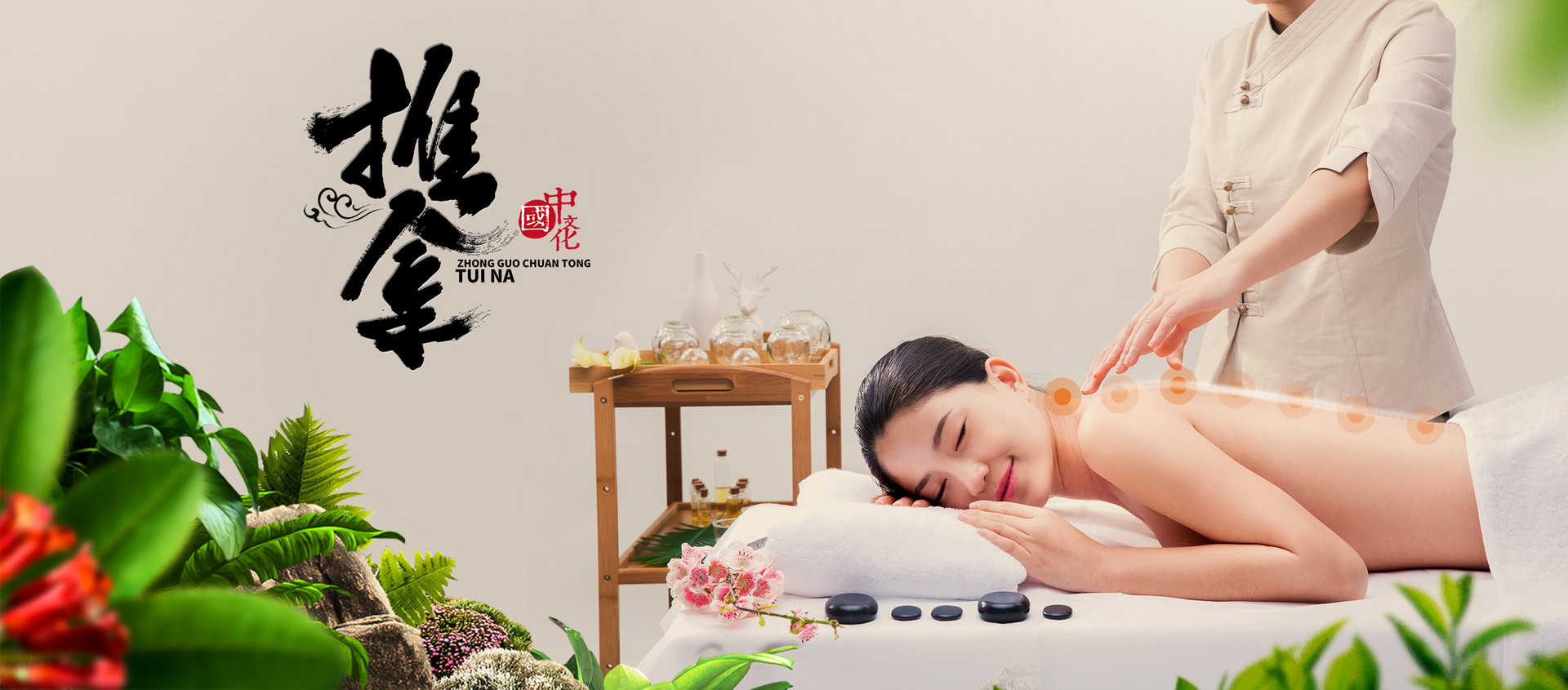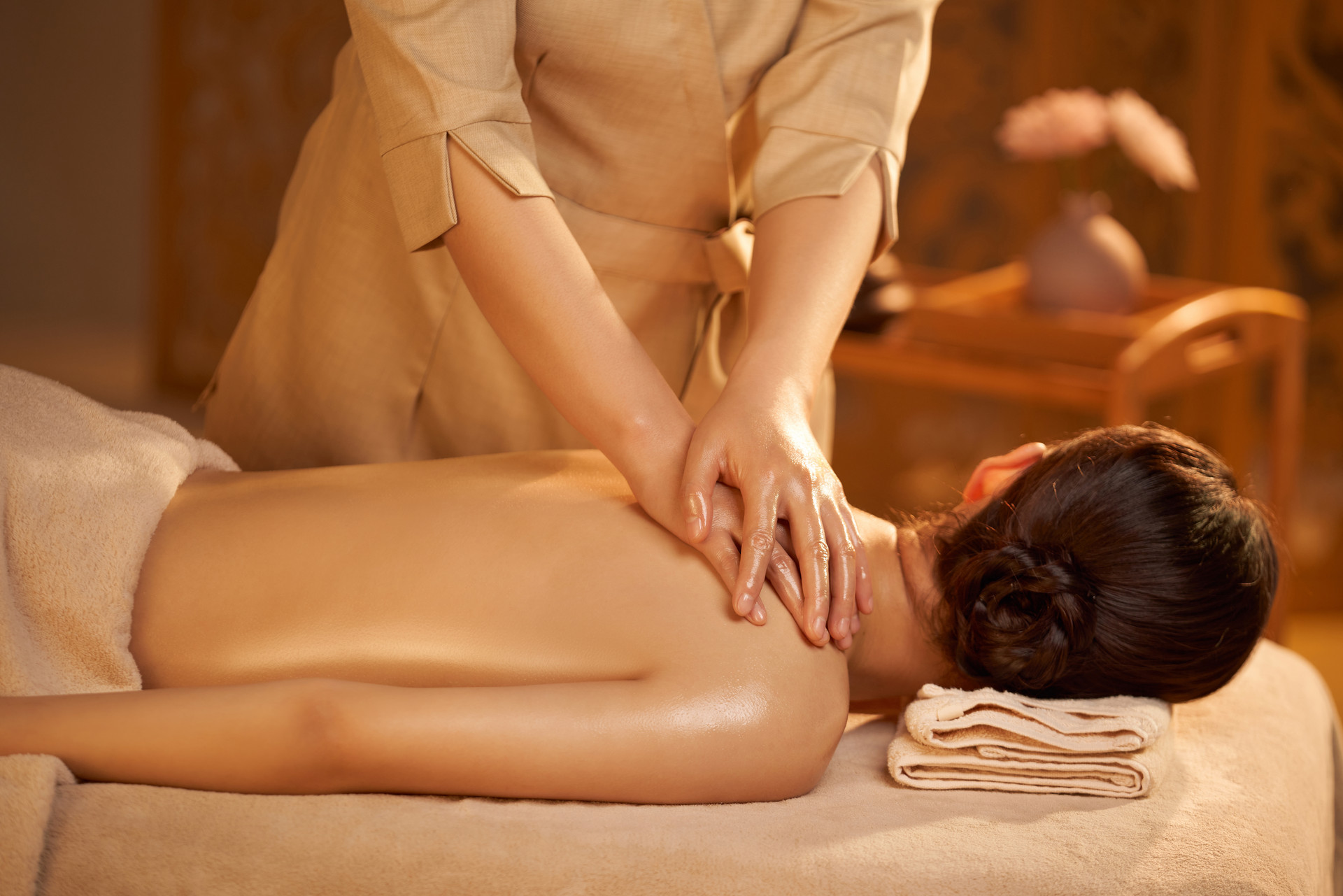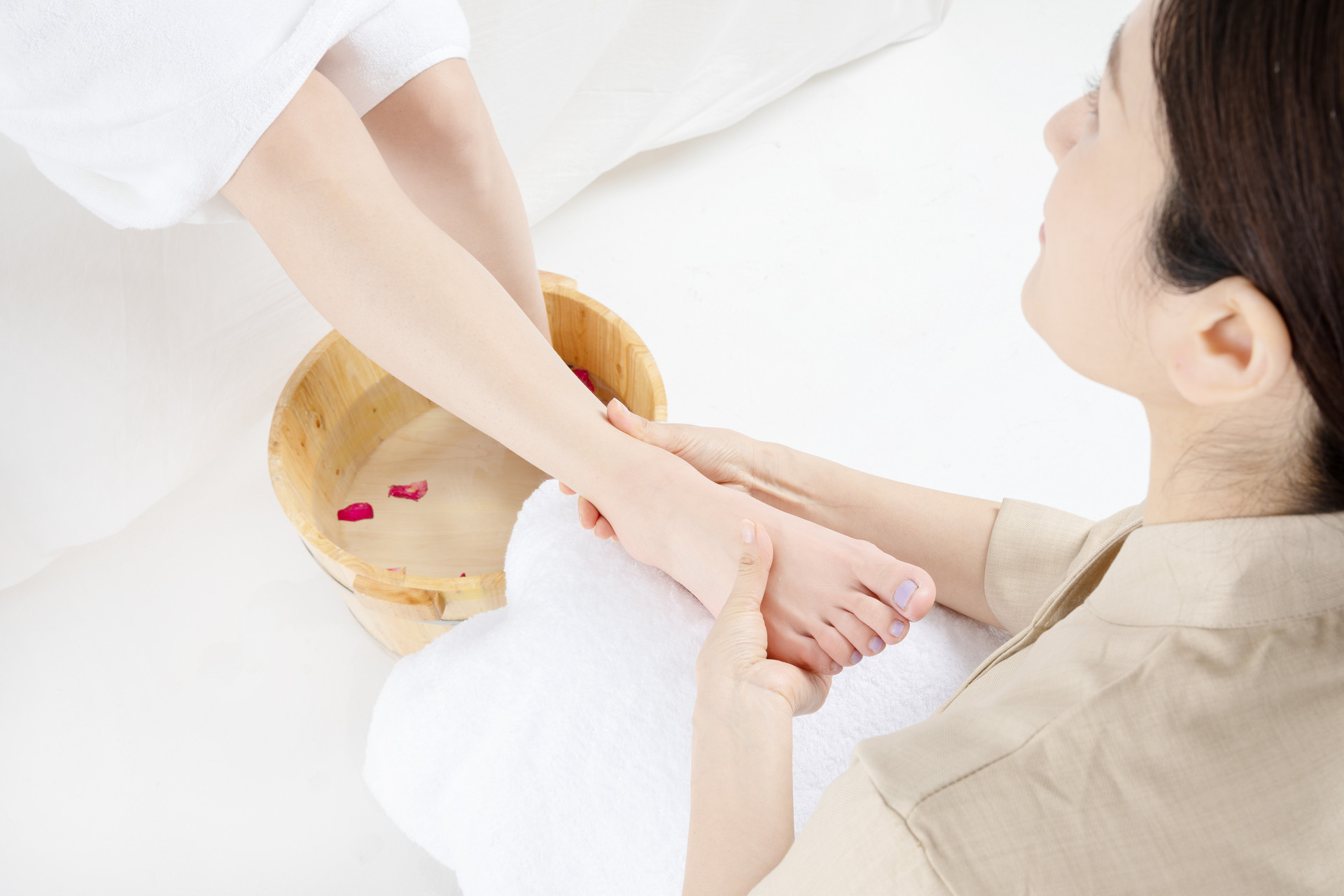Tuina is a type of external treatment method in traditional Chinese medicine. It is based on the theory of traditional Chinese medicine, especially the theory of meridians, and emphasizes the organic connection between the body surface and the internal organs through meridians and acupoints. Diseases in the internal organs can be reflected on the body surface through meridians. By stimulating the meridians and acupoints on the body surface, the "information" for treating diseases can also be transmitted to the affected organs through meridians, thus exerting a therapeutic effect. The commonly used techniques of Tuina are as follows:
1. Pushing Technique
Apply finger or palm pressure to a specific area of the patient's body and push in a straight line in one direction. This technique is suitable for the head, face, limbs, and chest and abdomen. It has the functions of dispersing wind, dispelling cold, promoting blood circulation, resolving stasis, regulating qi, relieving pain, and relaxing tendons and meridians.
2. Grasping Technique
Press the thumb against any one or several fingers of the other hand and grasp and release a specific part or acupoint of the body alternately. This technique is suitable for the neck, shoulders, back, and limbs. It has the functions of opening the orifices, awakening the mind, dispelling wind, dispelling cold, and relaxing tendons and meridians.
3. Pressing Technique
Apply fingertip or palm pressure to a specific part or acupoint of the body and press down, maintaining a certain amount of pressure for a moment, and then slightly knead the area. This technique is often used in combination with kneading technique. Finger pressing is suitable for acupoints all over the body, while palm pressing is suitable for the back, waist, and limbs. It has the functions of promoting circulation of meridians, relieving spasms, and regulating joints.
4. Rubbing Technique
Place the palm on a specific part of the body and move it in a circular motion. This technique is often used on the abdomen and can also be used on other parts of the body where there are severe contusions or swelling. It has the effects of relieving pain, harmonizing qi and blood, regulating digestion, and resolving stagnation.
5. Kneading Technique
Use fingers, knuckles, the base of the palm, or the palm to gently rotate and knead a specific part or acupoint of the patient's body. This technique is suitable for the head, face, chest and abdomen, and limbs. It has the effects of dredging meridians, reducing swelling, resolving stasis, relieving pain, and regulating digestion.
6. Rubbing Technique
Apply pressure with the palm or the base of the palm on a longer section of the patient's body and rub back and forth quickly. This technique is often used with Tuina media such as Hong Hua oil and onion ginger water. It has the effects of invigorating yang, promoting circulation of meridians, promoting qi flow, activating blood circulation, resolving stasis, dispelling wind, relieving pain, and strengthening the spleen and stomach.
7. Rolling Technique
Grasp the patient's limbs with both hands and rub them quickly in a back and forth motion, moving up and down at the same time. This technique has the effects of promoting circulation of qi and blood and relaxing tendons and meridians. It is often used on the limbs and is commonly used as a finishing technique in Tuina.
8. Shaking Technique
One hand of the practitioner holds the far end of the patient's limb, while the other hand supports the joint being shaken (shoulder joint, wrist joint, hip joint), and the joint is used as the fulcrum for circular and reciprocating shaking of the limb within the maximum range. This technique has the effects of lubricating the joints, releasing adhesions, and restoring joint function. It is often used for hemiplegia, numbness of limbs, and shoulder periarthritis.
9. Twisting Technique
Grasp the patient's finger or toe with the thumb and index finger, middle finger, or index and middle finger, and perform a rubbing motion. This technique has the effects of relaxing tendons and meridians and lubricating the joints. It is often used for hemiplegia, cervical spondylosis, and numbness and pain in the fingertips.
10. Pointing Technique
Press the fingertips, knuckles, or elbow on a specific part or acupoint of the patient's body and gradually apply downward pressure. This technique is often used on the abdomen, back, waist, and limbs. It has the effects of promoting circulation of meridians, regulating the organs, and relieving pain. It is suitable for abdominal pain, limb pain, and other conditions.
11. Shaking Technique
Grasp the far end of the patient's limb with both hands and shake it rapidly and continuously in a small range of motion. This technique has the effects of promoting circulation of meridians, relaxing tendons and bones, and loosening joints. It is commonly used as a finishing technique in Tuina.
12. Patting Technique
Curl the fingers slightly and form a hollow palm, then lightly tap the affected area of the patient's body. This technique is often used on the neck, shoulders, back, and limbs. It has the functions of regulating qi movement and promoting blood circulation.











